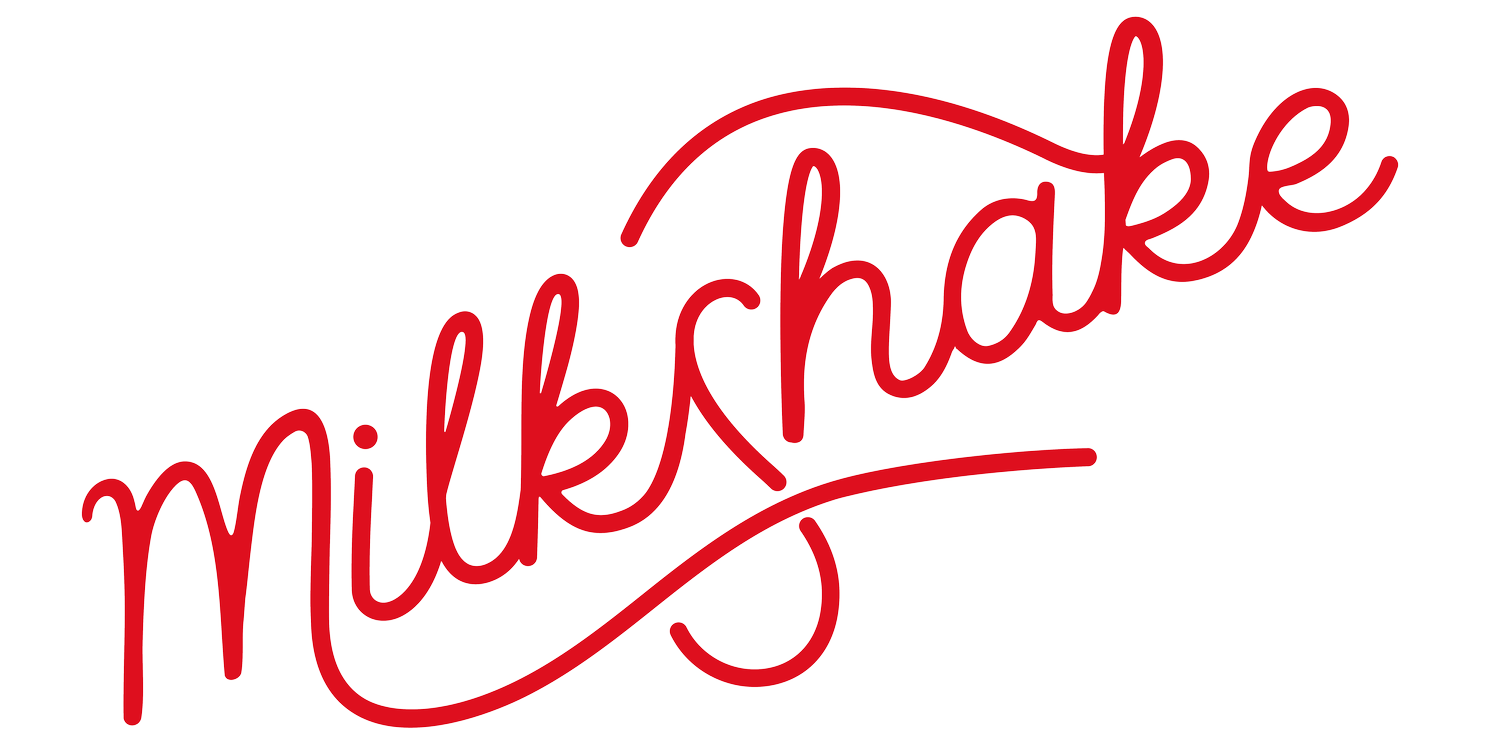Brain Basics for Effective Marketing
Our brains process and store information in predictable ways. Four to be exact…
By leveraging how our brains naturally work, you can create more impactful, memorable campaigns that truly stick with your audience.
Why do you decide on the route you do for your daily commute?
Why you remember your birthday 2 years ago, but not what you had for lunch yesterday?
Why do you dislike pickles on your burger? (answer: you’re crazy)
It’s all in your head.
No literally, it’s your brain.
The squishy lump (which, fun fact, is the consistency of tofu) in your skull is the source of all that is human, and all that is you.
Brain and thought patterns are also the most powerful algorithm for marketers to understand.
I recently listened to a podcast with Dr Wendy Suzuki, a neuroscientist at New York University, which explored elements of the brain and its patterns in the context of exercise and its effects on neuroplasticity.
“But wait, isn’t this a marketing blog?” you ask.
Well, in exploring the ideas Wendy presented in the podcast, I found a very interesting overlap in memory and attention (two of the things exercise helps, by the way), and the way we can think about marketing.
There are four things that make memories stick.
If I was a worse marketer, I might even call these hacks… feel that brain tingle? Your silly human brain loves a shortcut!
Hello brain of reader! Read on for HACKS!
Repetition
The first and most obvious factor is repetition. Repeating information helps to solidify it in your memory. This is why you remember things you've encountered multiple times- your ABCs, the route to your office. In marketing, consistent messaging, both visual and verbal across various platforms reinforces your brand and message in the minds of your audience. That one’s easy though…
Association
The hippocampus (part of the tofu blob responsible for memory and learning) is associative by nature. It was incredibly useful in our cavemen days as a survival mechanism: lion= danger, berries= poisonous. It helps you link one thing to another, like a name to a face, a brand to a product, or a feeling to a brand.
Creating associations between your product or brand and other things can be incredibly powerful. Some examples…
Associate with something or someone people already know
Eg: Nespresso and George Clooney, Jeep’s use of Fleetwood Mac’s ‘Go your own way’.Associate with a positive emotion
Eg: Toyota’s ‘Oh What a Feeling’, McDonald’s “I’m lovin it”Associate with a problem that you solve
Eg: those people screaming before realising they’re insured with Allianz (AAaaaaaahhhhhlianz insurance)Associate with an aspiration
Eg: Apple “Think different”Associate with a location
Eg: Burberry and London/ England, Hermes and Paris
Novelty
We remember novel things. There is a VERY strong interaction between our memory and attention systems when it comes to novelty. Why? Because things out of the ordinary could be dangerous. We’re hardwired to notice something that doesn’t fit.
If you see something over and over again, it fades into the background. But because novel things potentially signal danger to our lizard brains, we remember.
This is somewhat contradictory to point one, I know, but there is a sweet spot.
My favourite example of the perfect balance of novelty and repetition is the Paul’s Smarter White Milk ad. An Aussie icon at this point. Shown repeatedly but still obscure, humorous and novel enough to become indelible. Fun fact: they’ve actually brought the ad back this year, 20 years after it’s initial run.
Emotional Resonance
We know this intuitively- emotional resonance makes things more memorable. We remember the happiest and saddest things in our lives because they’re solidified by the intensity of the emotions we felt at the time. You’ll remember both the day you get your puppy, and the day you say goodbye 15 years later, with different emotion.
From a scientific perspective, my neuro-pathology lecturer back at uni would say “neurons that fire together, wire together” (note: rhyme helps learning too!!). The amygdala, a structure in the brain that processes emotions, plays a crucial role here. Sitting just in front, it infuses the hippocampus with a jolt of emotional energy, making emotionally charged memories more memorable.
It’s why contentious content that make people angry goes viral. (Oh, we’re also hardwired for negativity, but that’s a blog post on its own!)
Campaigns and content that evoke strong emotions—whether happiness, excitement, or even sadness—can make your message more impactful and memorable.
____
It's deceptively simple, isn't it?
Repeatedly show George Clooney sipping a Nespresso.
Create a catchy jingle for your phone number (1300 6555 06, anyone?)
At its core, marketing is applied science, and these four brain basics should serve as your guiding principles. When framed as a science with explainable, proven concepts, marketing and creative becomes less about guesswork and more about understanding and leveraging how our brains naturally work.

